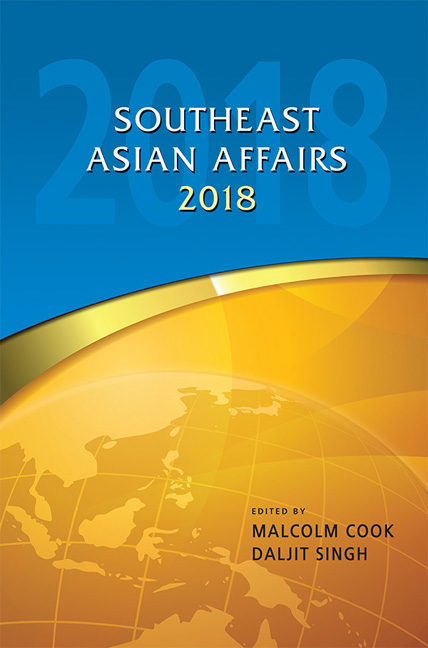Book contents
Singapore–China Relations: Building Substantive Ties amidst Challenges
from SINGAPORE
Published online by Cambridge University Press: 08 June 2019
Summary
Singapore is extremely small compared to China on a range of indicators such as geographical size, population strength, natural resource endowment and economic scale. Despite this huge asymmetry, Singapore has been able to develop a substantive relationship with China. On its part, China also sees value in engaging Singapore in a number of areas.
In fact, the two countries interact and cooperate in many fields ranging from economics, business, the arts, culture, education and the environment to military cooperation (that has progressed from bilateral land-based to naval exercises). This relationship is also manifested at many levels ranging from government-togovernment ties involving the top leaders to people-to-people exchanges of tourists and students. Over the years, bilateral relations have not only deepened in existing areas but have also broadened into new areas such as financial cooperation and legal and judicial matters.
Perhaps even more notable has been the establishment of three governmentto- government projects over the years which are in line with the development priorities and needs of the two countries. By working hands-on on common projects, the two countries are able to share and benefit from each other's experiences as well as best practices from around the world. Moreover, each of these projects is overseen by a high-level bilateral cooperation mechanism that ensures progress is being made on a regular basis. Such a mechanism also provides a regular platform for the leaders and officials of the two countries to interact and get to know each other better. It would be rather unusual for China to have such a mechanism with a small country like Singapore unless it saw value in the relationship.
Going forward, there are broader factors at play that have affected and could increasingly affect the dynamics of this bilateral relationship. Foremost among them is the strategic realignment of forces between China and the United States, which small states like Singapore will have to adjust to. When China–U.S. relations are stable, there will be more room for small states to manoeuvre. However, when there is tension in China–U.S. ties, there will be greater pressure on small states to take sides. Moreover, China has certain expectations of how small countries like Singapore ought to conduct themselves, and it has made this known in no uncertain terms.
- Type
- Chapter
- Information
- Southeast Asian Affairs 2018 , pp. 321 - 340Publisher: ISEAS–Yusof Ishak InstitutePrint publication year: 2018

